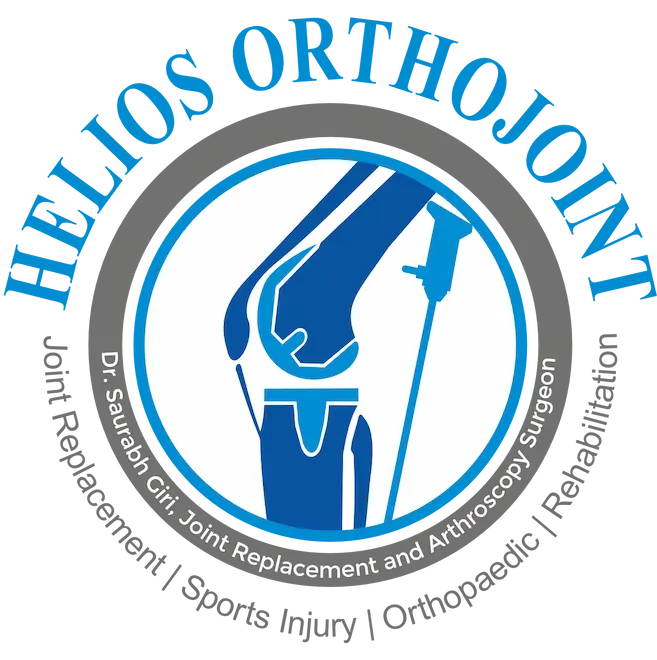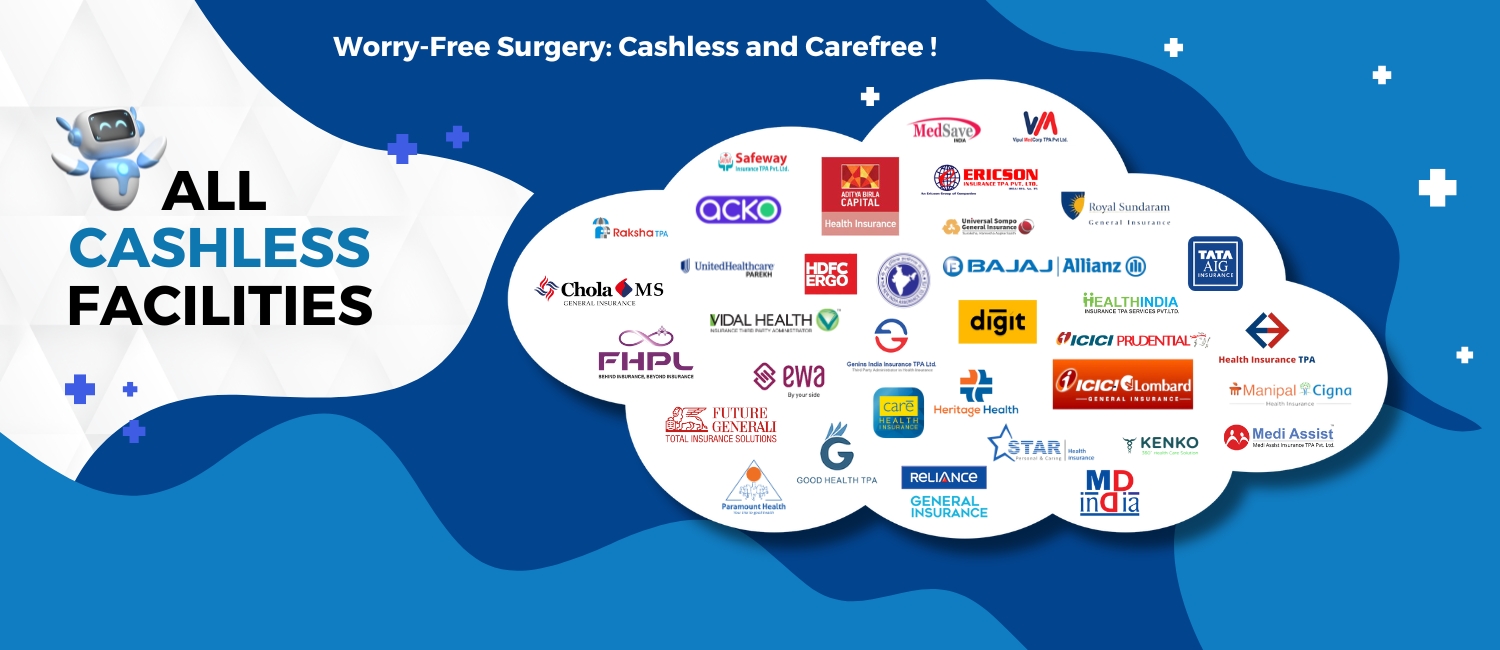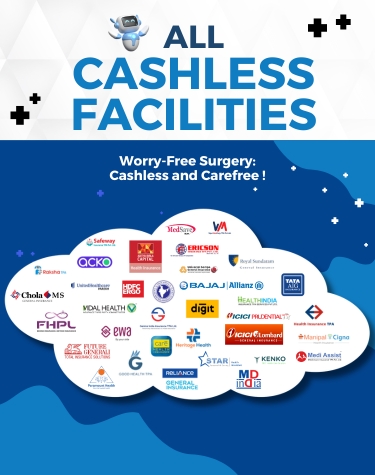

Address
1160/61, University Rd, Revenue Colony, Shivajinagar, Pune, Maharashtra 411005
Years of Experience
No of Surgeries
Patients Treated
Hrs Of Operations
| OPEN PROCEDURE | MINIMALLY INVASIVE PROCEDURES | |
|---|---|---|
| Scars & Stitches | BIG | MINIMAL |
| Muscle & Tendon Cuts | HIGH | LOW |
| Post-Operation Pain | HIGH | LOW |
| Infection Chances | HIGH | VERY LOW |
| Hospital Duration | LONG | SHORT |
| Recovery Period | VERY HIGH | LOW |
Specialized Orthopedics to Meet Your Needs
Our specialized physicians and providers deliver individualized, quality care to the injured employee with the goal of returning them back to work safely and quickly. We have a dedicated Workers’ Compensation department that coordinates all care.
The typical cost of knee replacement surgery in India ranges from ₹2.5 lakh to ₹5 lakh. Prices may vary based on the hospitals located in various cities.
The average price range for Knee Replacement surgery in Pune is between ₹1.8 lakhs and ₹3.8 lakhs, but it varies based on several factors.
Joint replacement surgeries are getting better! You don't always need open surgery anymore. With Robotic Knee Replacement, you can bounce back to your normal life in just a few days after surgery. Robotic knee replacement surgery at Helios Orthojoint, Pune is a preferred method of knee replacement among many patients. It means smaller cuts during surgery (4 to 6 inches instead of 8 to 10), which is gentler on your knee tissue. That means less time in the hospital, fewer chances of problems, and quicker recovery overall. For example, Total Knee Replacement(TKR) usually means 3 to 4 days in the hospital, while Partial Knee Replacement(PKR) is just 2 to 3 days.
| Procedure | Cost | |
|---|---|---|
| Total Knee Replacement | Unilateral | 180000-260000 |
| Bilateral | 380000-480000 | |
| Partial Knee Replacement | Unilateral | 150000-202800 |
| Bilateral | 272000-350600 |
A partial knee replacement (PKR) typically costs about 10 to 20 percent less than a TKR.


When compared to conventional Knee Replacement surgery, Robotic Knee Replacement has got lot of advantages in terms of better implant positioning, precise surgical bone cuts, no human error, faster recovery and less hospital stay. Considering it's minimally invasive nature, it causes lesser tissue trauma and thus less blood loss and faster recovery.
Advanced robot like CUVIS Joint have best in class safety features and do not cause any additional risk to patients undergoing Knee Replacement surgeries. With advanced features like Bone Movement Monitoring and Haptic Feedback mechanism, it monitors everything in real time. Thus, it delivers best surgical outcome with maximum safety to the patients.
Even though robotic technology for Knee Replacement is the most advanced therapy option in today’s scenario, there are different types of robots available in market. Amongst all, CUVIS Joint is the only robot which is autonomous in complete sense. Other options of robot just act as a guiding system for surgeon and thus posses the risk of intra-operative human errors. These systems are called as passive or semi-active, whereas CUVIS Joint is of active nature
Three to Four days For a single TKR.
Any operative procedure will lead to post-operative pain. With use of drugs infiltrated at surgical site during surgical procedure we aim to make post-operative pain minimal. Your pain will be kept under control by team of pain management consultants.
Your progress after going home will be roughly as follows : After going home on the 4th day after surgery you will be advised to walk in the house for 4-5 times a day. The stitches on the operative wound will be removed 14-16 days after surgery . Other activities like swimming , driving a car or a two wheeler and kitchen work are permitted after 4- 6 weeks.
You can take short flight, 4 days post surgery, long Flight can be taken 15 days after surgery.
You should avoid sitting on floor. You may sit cross legged, but on a bed or on a higher level surface.